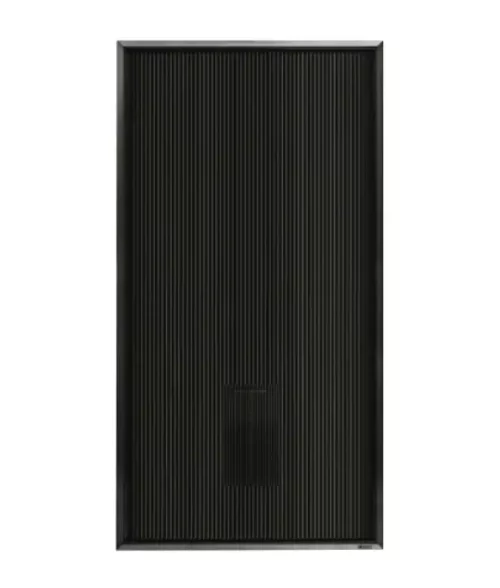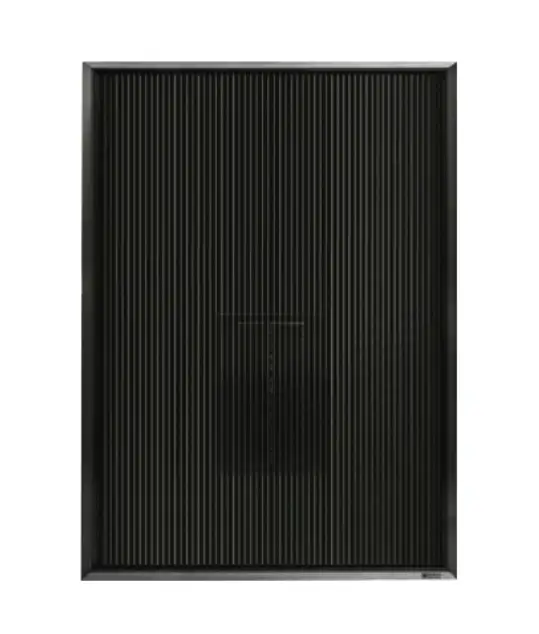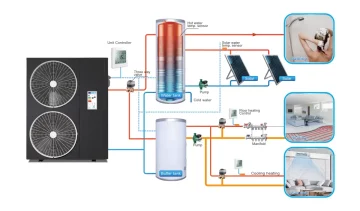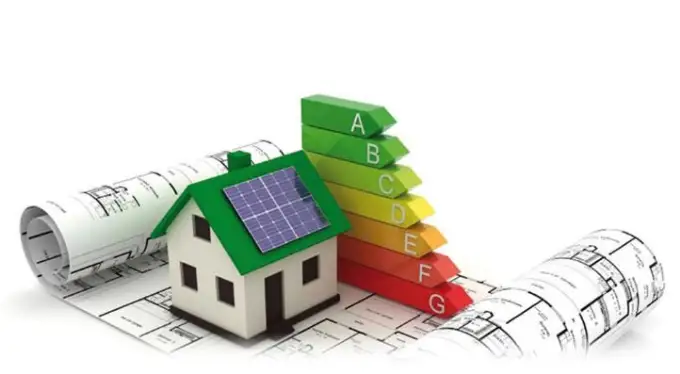Mold in the vegetable store: how to eliminate and protect against it
The microscopic fungus that causes rot in plants is mold. Mold in a vegetable store is a common phenomenon that leads to the death of stored products and serious financial losses. How to protect the vegetable store from mold, what preventive measures are there, and what is the reason for the appearance of the fungus?
Mold spores are present everywhere: in soil, water, they are carried through the air along with dust. Often the spores are already present on harvested roots and fruits, but they are not dangerous as long as the fungus is not exposed to favorable growth conditions. Mold grows especially actively in warm and damp rooms with stale air. Condensation appears on the root crops, it activates spores, the growth of mycelium begins, which gradually destroys the skin and penetrates into the fruit through stomata and pores. Mold changes the biochemistry of vegetables: they accumulate ammonia, dangerous toxins. Mold creates a “gateway” for bacteria: the crop is affected by various diseases of vegetables in the vegetable store, which accelerates the death of products.
The colony is growing exponentially, so it is important to rid the vegetable store of mold as soon as possible.
What is the danger of mold for vegetable storage?

The appearance of mold in a vegetable store is dangerous for products, for a person, and for the premises itself. The main damage caused by the fungus is associated with:
- The death of the crop.
Rotten vegetables and fruits cannot be used, they are destroyed, which leads to serious financial losses.
- Violation of sanitary and hygienic working conditions.
Mold is dangerous not only for root crops, but also for humans. Mold spores cause acute allergies, chronic respiratory diseases. Mycotoxins lead to disruption of higher nervous activity and often cause death at high concentrations. If a person eats a fruit infected with rot, he develops symptoms of severe poisoning.
- Reducing the life of the vegetable store.
Mold grows not only on vegetables and fruits: it develops well on any surface, gradually destroying them. Colonies accelerate the decay of wooden structures and the corrosion of metal. As a result, the strength of the supporting structures is violated, the wear of the foundation increases, and there is a risk of collapse of the vegetable store.
Detecting a fungus is quite simple: a characteristic putrid odor appears in the room, indicating the formation of a colony. In this case, it is recommended to immediately destroy the mold in the vegetable store.
How to rid a vegetable store of mold?
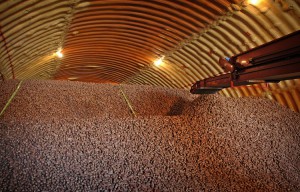
Destroying mold is a painstaking and time-consuming task. First, you need to sort out all stored products, separate the affected root crops from healthy ones. The latter need additional cleaning from spores – they are washed and then dried.
Colonies that appear on the floor, walls or other surfaces are first removed mechanically (using scrapers). And then the entire vegetable store is subjected to chemical treatment. The last step is to eliminate the causes that led to the growth of the fungus – protecting the vegetable store from mold.
Since the main reason for the development of mold fungus is high air humidity in combination with zones of its stagnation, it is required to normalize the temperature and humidity indicators in the room and establish a constant air exchange. Dehumidifiers effectively cope with these tasks.
They heat the air and then force it into the vegetable store, as a result of which a healthy microclimate is created and maintained in it. Carbon dioxide is removed in a timely manner, the whole room is ventilated, even if the products are stored in bulk, and not in containers or other containers.
But dehumidifiers have several drawbacks. To rid the storage of vegetables from mold, you need to connect the equipment to the mains, and the more powerful the device, the more it will consume electricity. This requires a separate power line and means an increase in electricity costs. Maintaining a vegetable store becomes costly.
Are there effective, but economical, ways to protect a vegetable store from mold? In Europe and the USA, solar-powered equipment is used.
Protecting vegetable storage from mold
Solar-powered devices are actively used in European countries and are gaining popularity in Russia. They are autonomous, do not require a connection to the mains. They do not create risks of a short circuit, their installation does not require a separate power cable, and in the process of operation, they do not consume expensive energy resources – only free solar energy is needed.
An additional advantage is an environmental friendliness: they do not affect the environment, helping to preserve the useful properties of agricultural products.
Mold will not appear in the vegetable store, and the owner will not need serious expenses.
Remove mold from vegetable storage

